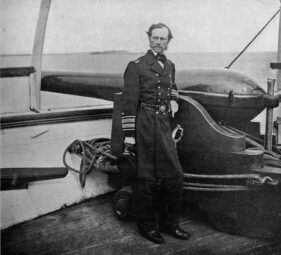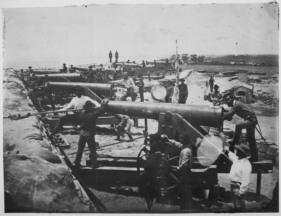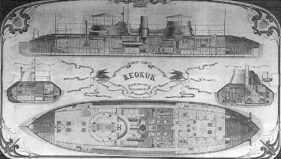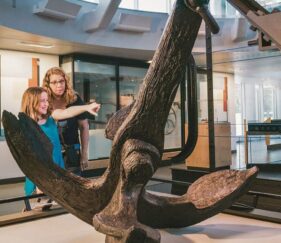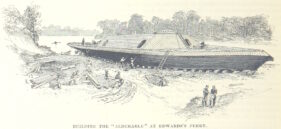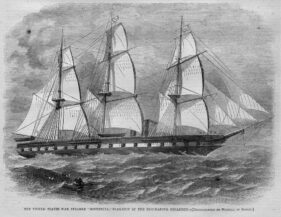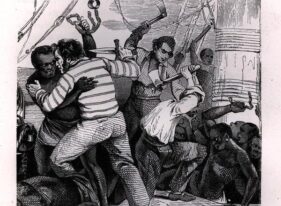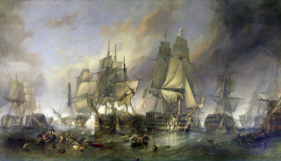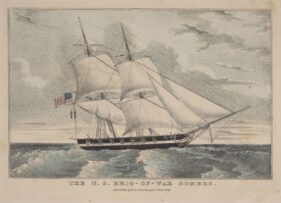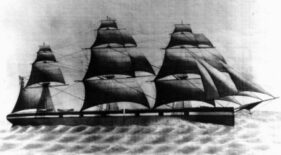Tag: Civil War
-
Rear Admiral John A. B. Dahlgren
Friday, April 28, 2023 12:00 PM to 1:00 PM
Join us for a Monitor presentation with historian John V. Quarstein, director emeritus of the USS Monitor Center, as he talks about the “father of American naval ordnance.”
-
POSTPONED: Who was the Civil War’s first POW?
Friday, April 14, 2023 12:00 PM to 1:00 PM
-
After USS Monitor
Saturday, March 11, 2023 11:00 AM to 12:00 PM
The success of USS Monitor during the Battle of Hampton Roads prompted the Union to greatly expand the construction of monitors.
-
Battle of Hampton Roads Commemoration Day
Saturday, March 11, 2023 10:00 AM to 3:00 PM
Spend an action-packed day with us as we commemorate the 161st anniversary of the Battle of Hampton Roads, and experience how today’s cutting-edge technology helps bring stories of the iconic USS Monitor and its artifacts to life.
-
Development of Confederate Ironclads
Friday, March 10, 2023 12:00 PM to 1:00 PM
Join us for a lecture with author and historian John V. Quarstein, director emeritus of the USS Monitor Center. Quarstein will give a presentation on the Confederacy's strategy to build ironclads in order to combat the superior Union navy.
-
Union Wooden Fleet in Hampton Roads (March 7, 1862)
Friday, March 3, 2023 12:00 PM to 1:00 PM
Join us for a lecture with author and historian John V. Quarstein, director emeritus of the USS Monitor Center. Quarstein will give a presentation on the day’s event as the Union Wooden Fleet prepared to face off against the Confederate ironclad Merrimack on March 7, 1862.
-
US Slave Revolts at Sea
Friday, February 10, 2023 12:00 PM to 1:00 PM
Join us for a lecture with author and historian John V. Quarstein, director emeritus of the USS Monitor Center. Quarstein will give a presentation about the most successful slave revolt in US history.
-
The Curious Case of USS Idaho
Friday, January 6, 2023 12:00 PM to 1:00 PM
John V. Quarstein gives a presentation on USS Idaho, a steam sloop that was built at Camden, New Jersey, as part of a Civil War program of large, very fast, steam cruisers and was eventually converted to a sailing storeship.
